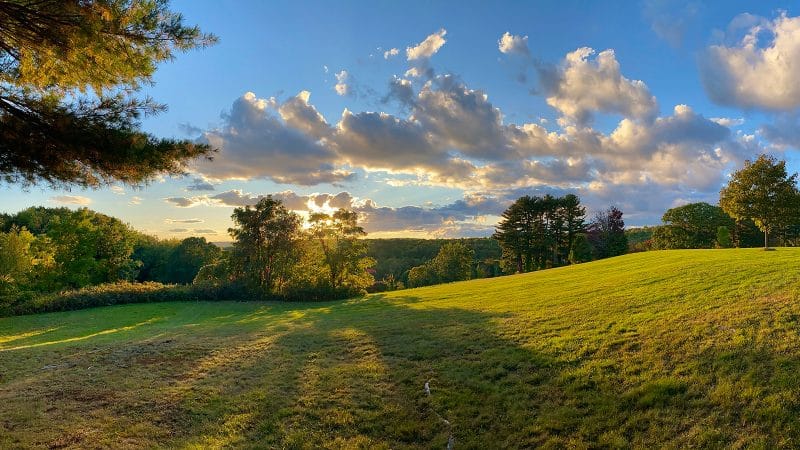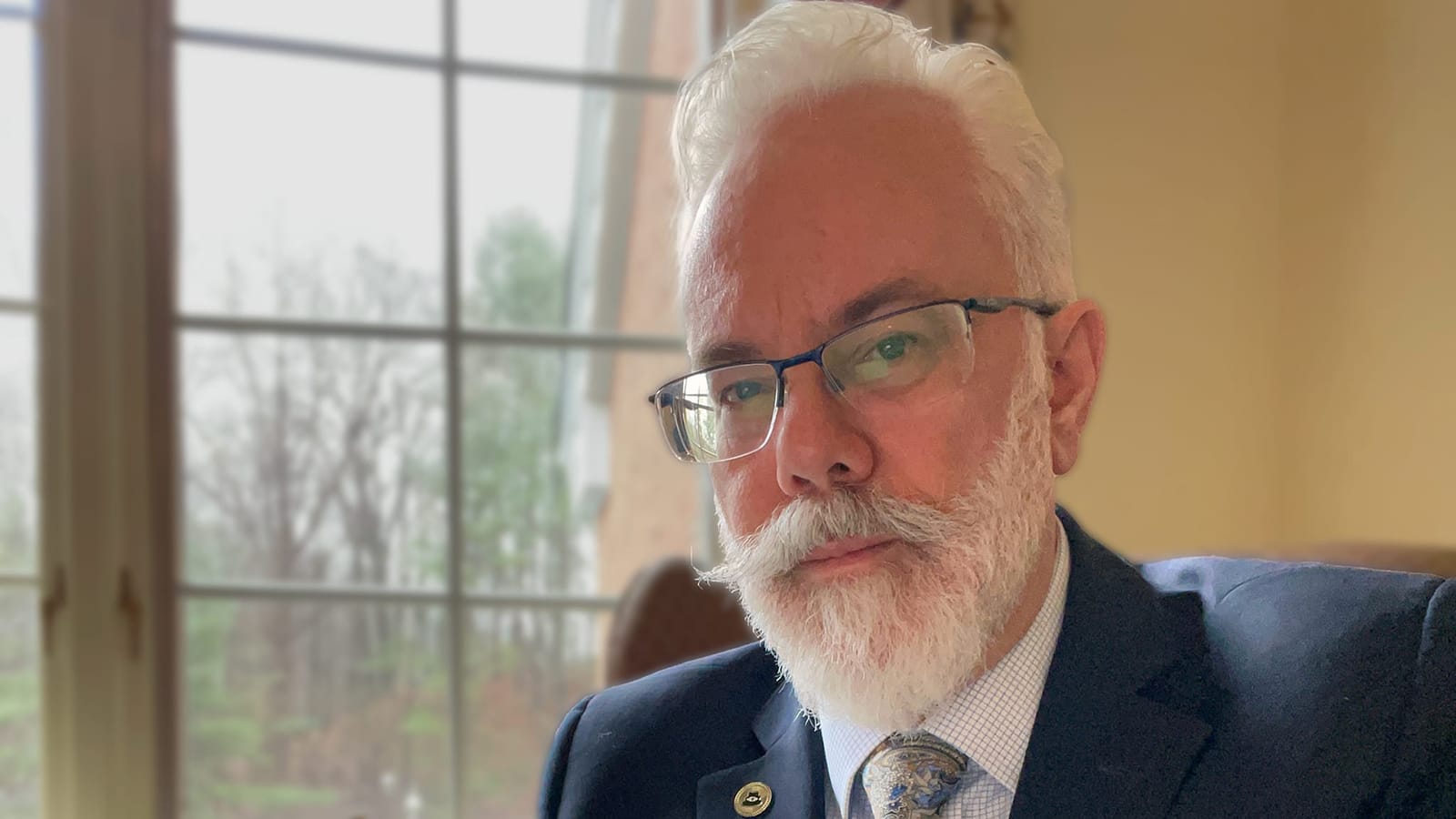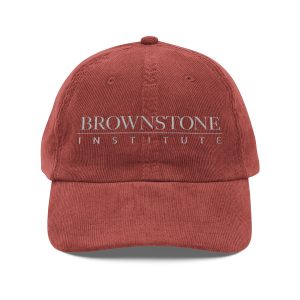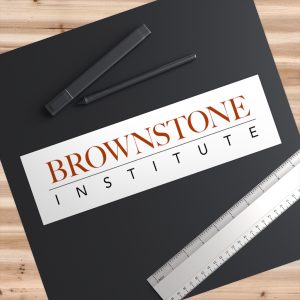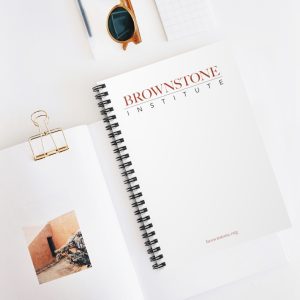I’ve mulled over writing this story many times. I’m not certain I like the attention that comes from telling one’s perspective and anecdotes, but here goes.
I designed, built, and manage(d) several websites that have been the catalysts and lone voices in the wilderness against the failed policies, responses, and calls from governments, corporations, shills, and pundits for lockdowns, mandates, and their ongoing attacks on liberty.
To be more specific, I was responsible for providing the online platforms for the American Institute for Economic Research (2019-2021), the Great Barrington Declaration (current), and Brownstone Institute (current). None of these projects were outsourced to a web development group.
How Did I Get Here?
Early on in life I became involved in the “liberty movement.” It began with my first opportunity to vote in a general election when I turned 18. After much consideration and reading, I decided to join the Libertarian Party as none of the others offered anything close to what I thought was reasonable. I paid dues for about a year and then decided I would become an independent voter. That has been my disenfranchised state to date.
Not much of note happened in my life from that time other than getting married, raising 5 children, homeschooling them, and going to college (I’m a late bloomer) for a music degree that eventually led me to discover the internet and all its wonders in 1994. That discovery led me to my first web development/designer job in 1996. I’ve been immersed in online technology, social media, web development et al., and have worked in the industry since.
Around 2005 I discovered the Free State Project and I signed up right away, eventually becoming one of the first 1,000 movers to New Hampshire in 2007. It was at one of the Free State Project events, the New Hampshire Liberty Forum in 2010, where I met Jeffrey Tucker for the first time. And it was at this time that our connections on social media were made.
However, it wasn’t until 9 years later that I jumped on an opportunity of a lifetime when I saw Jeffrey post that he was in need of a web developer and designer at the American Institute for Economic Research in Great Barrington, MA.
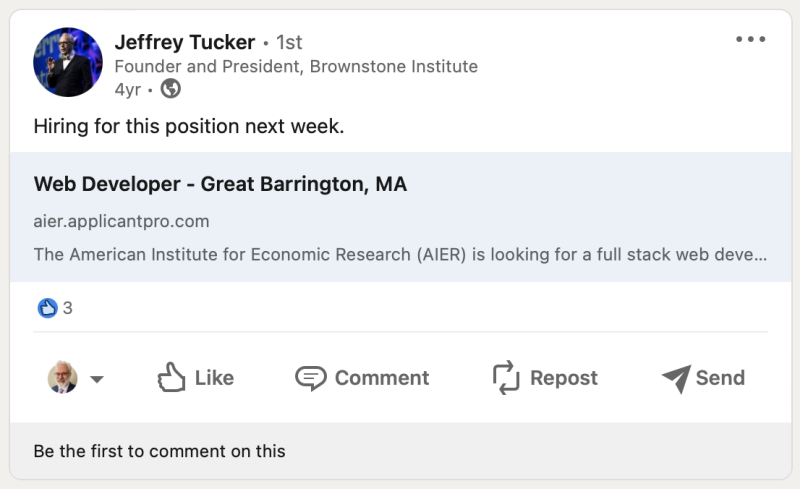

I had been in my previous position as a web designer for 12 years, and making this move was a difficult decision, despite the obvious opportunity to dive into a philosophy, principle, and cause I believe in: individual liberty. It took some prodding to get me to make the jump, but after some much needed vacation time to visit friends and relatives, I made the decision and took on the project.
I was tasked right away with migrating an existing website. It was an antique and no longer able to handle the daily editorial requirements that were gearing up. It was a challenge, but I was able to pull it off and, after a few false starts and technical difficulties, eventually put us on a web-hosting solution that could handle a decent amount of web traffic. The publishing routines at AIER dramatically changed and so did the reach in traffic. We were on our way to becoming a serious player in the world of ideas.
Early in 2020, AIER was one of the few sites in the English language to warn against the use of quarantine power in the event of a pandemic. Jeffrey had been writing and publishing articles on the new virus and the response since the third week of January and continuing through February and March. People at the time wondered why we were even writing about this at all; should we not just stick to economics?
Two Weeks to Flatten the Curve
Then came the lockdowns. As we continued to post articles, editorials, research, and information about the dangers of lockdowns and shutting down the economy, something remarkable happened. In May of 2020, Jeffrey wrote an article that got past the censors and fact-checkers. It was like the flood gates had opened. The web server was able to handle it all without a hiccup. This brought a lot of attention to a previously quiet and relatively unknown organization. My job suddenly became very “essential.”
Our struggle continued with an ominous sense of urgency to ensure the public was aware of alternatives to the narrative being pushed by the mainstream media and government agencies. It was in August, after months of fighting the status quo, that Jeffrey connected with Dr. Martin Kulldorff on Twitter, which led to an invitation for Martin to visit the AIER campus in September.
That visit is what spurred the following visit on October 3, 2020 in which Martin invited his colleagues, Jay Bhattacharya and Sunetra Gupta to come and meet others who were equally as concerned as they were over the direction of public health policy around the world. The initial idea was purely educational: some experts were going to help some journalists become better at understanding the basics of public health. However, Jeffrey came into difficulties recruiting journalists. Only a handful showed any interest.
It became obvious that something was needed to break through the information blockade. The purpose was in no sense revolutionary; the idea was merely to restate known information about public health that had somehow gotten lost in the frenzies of fear and the draconian response.
The Great Barrington Declaration
This was where the idea for the Great Barrington Declaration came into existence. On October 4, 2020 the GBD was completed in the drawing room, with the three scientists poring over the document and making revisions. After scrambling to find a printer and a large piece of paper, we delivered it back to the scientists who then signed it.
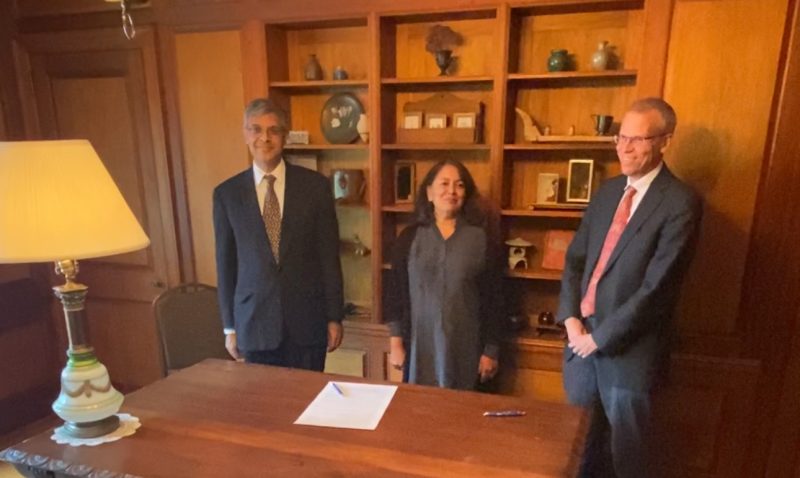

Martin came to me after it was signed and asked if I could build a website, to which I heartily agreed. Jay then quipped, “Wouldn’t it be great if we got a million signatures?” Jeffrey and I looked at each other and chuckled knowingly, thinking it would only garner maybe 10,000. After all, other organizations had attempted similar statements with not much attention or fanfare. Jeffrey said, rather seriously at the time, that if we get a million signatures we’ll have other problems. I agreed.
That night, in my own free time, I proceeded to build out and design what would become gbdeclaration.org and launched it the next morning. My expectation was that a simple form and some live updates of signatories would be more than enough. I quickly discovered I would have to make major modifications to the site over the next few days. Those few days turned into weeks as co-signers were added and translations into 44 languages rolled in. Sleep was not an option during that time.
I’m still floored at how quickly and brutally the backlash against the GBD appeared. Trolls flocked to the site in droves, flooding it with garbage, fake signatures, and mockery. The Wikipedia article was written two days after we launched the website. It was filled with hearsay, links to conspiracy theories, and all manner of junior high school playground taunts from the very beginning. I watched in real-time as users made edits, added items, deleted items, and it soon became a battleground that eventually led to some intervention from Wikipedia moderators.
The talk pages of the Wikipedia GBD article have been archived and you can read them all here. I am of the opinion that the backlash and attention the GBD received is one of many reasons for its ongoing success. Part of me wonders that if the system had merely ignored it, maybe it wouldn’t have gone beyond 10,000 signatures. The world may never know.
However, knowing what we know now about the letters between Anthony Fauci, Francis Collins, and others, the response and backlash is no surprise. Additionally, the revealing of the Twitter Files now suggest, along with all other captured and censored social media, that there may be agents and contractors for the government acting as editors at Wikipedia. Google may have been in on the act, and for at least one day blocked it from even appearing in web searches after already crawling and indexing the site. That was too obvious a tactic even for Google and they relented within a day or two.
For the record, the Great Barrington Declaration site is paid for out of my own pocket and maintained in my free time, even now. All of the rantings and ravings about Koch funding still make me laugh. At one point, there was an article written by a 9/11 conspiracy theorist stating that the declaration and site was written and built by operatives or contractors from the UK’s Ministry of Defense. The entertainment value has been priceless, but also concerning. I have no doubt that these “investigative journalists” will find a way to connect dots regardless. That is what they do, despite all the evidence to the contrary.
Where to Next?
After these experiences, it became very clear that we needed an agile platform that is not mired in bureaucracy or easily intimidated by external forces. Such an organization also needed experienced hands who know about the challenges of public life in a digital age alongside the many considerations that go into surviving as a voice of dissent in times of grave censorship. I could go into more detail about why I chose to go on this journey with Jeffrey Tucker to establish Brownstone Institute. Perhaps that will be an article for another time. Suffice it to say that we made this decision independent of, but inspired by the events that took place at AIER and with the authors of the Great Barrington Declaration.
For those who remain skeptical, I suggest doing some much needed reflection about the timeline, the players, and their motivations. Big Pharma and Big Government along with Big Academia, Big Media, and Big Business working together against a small group of researchers, scientists, economists, and others should raise flags and set off alarms. If those connections aren’t making people feel uncomfortable, then perhaps there is no convincing them otherwise.
Join the conversation:


Published under a Creative Commons Attribution 4.0 International License
For reprints, please set the canonical link back to the original Brownstone Institute Article and Author.
